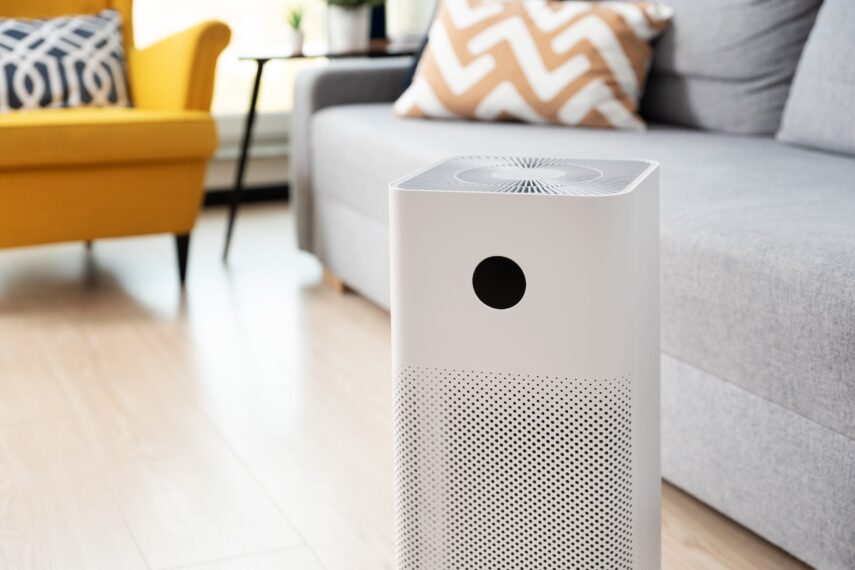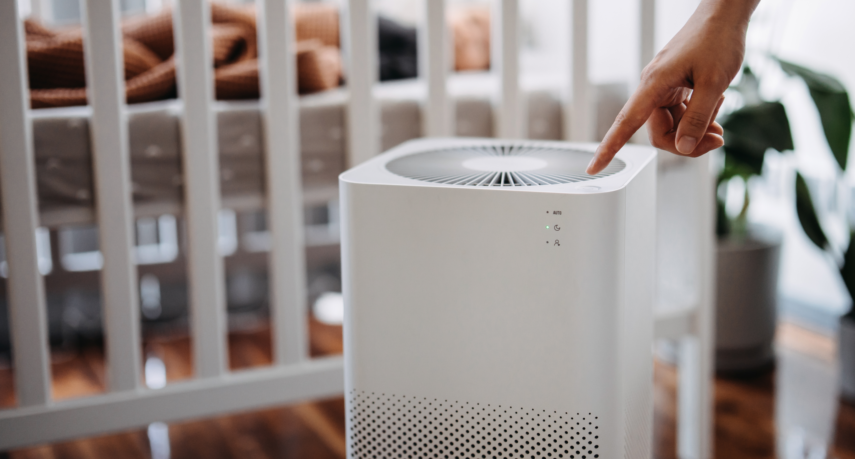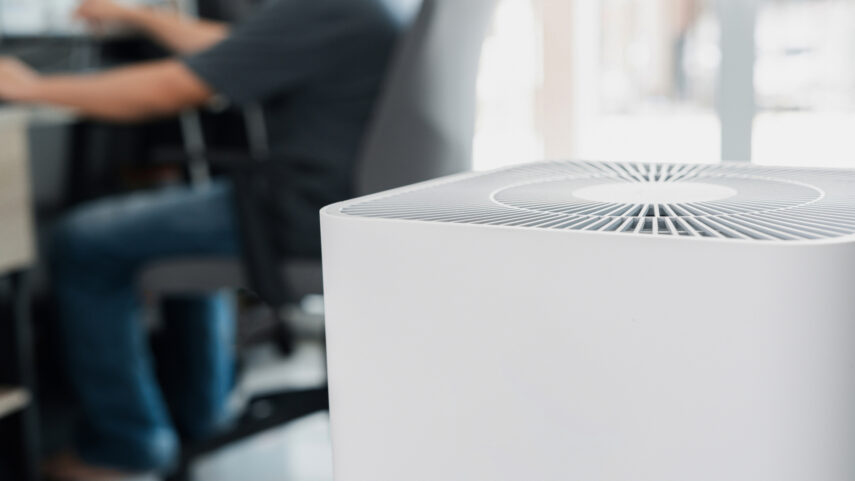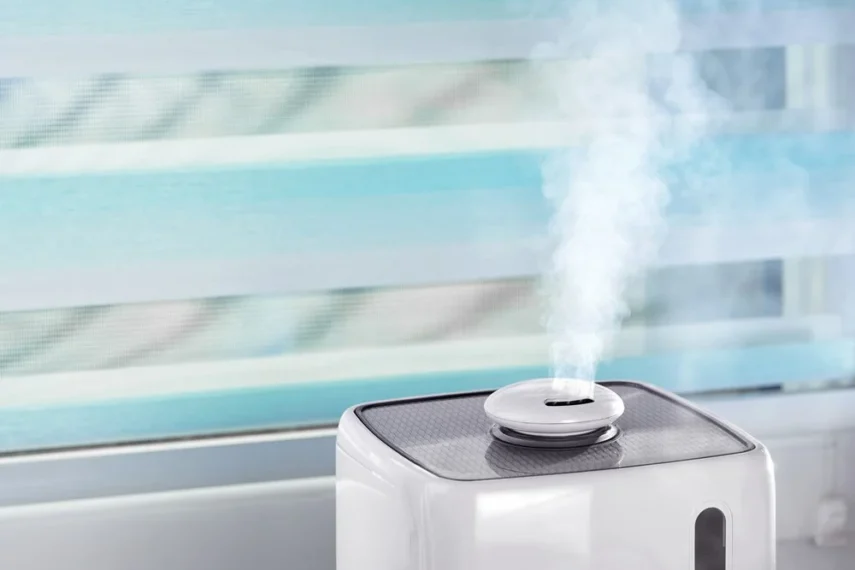Clean air is not just a luxury; it’s a necessity for a healthy life. In this era of increasing pollution, air purifiers have become a popular choice for those seeking to create a healthier indoor environment. Let’s delve into the workings of these devices and understand how they contribute to cleaner, fresher air.
Find out which air purifier is best for mold removal and prevention by reading the opinions and recommendations in the article https://verywellhome.com/best-air-scrubber-for-mold/.
The Mechanism Behind Air Purifiers

Air purifiers utilize a comprehensive multi-stage filtration process designed to eliminate diverse particles from the air. The initial safeguard is the pre-filter, adept at capturing larger particles such as dust and hair. Subsequently, the High-Efficiency Particulate Air (HEPA) filter is deployed to target smaller particles, guaranteeing a meticulous purification procedure. In addition, activated carbon filters play a pivotal role in addressing odors and chemicals, delivering an all-encompassing solution for a more thorough and effective purification of the air within the designated environment.
Ionization Technology
Certain air purifiers employ ionization technology, a method involving the release of negatively charged ions into the air. These ions adhere to positively charged particles like dust and allergens, inducing them to settle on surfaces. This mechanism proves highly effective in eradicating airborne contaminants, actively contributing to the creation of a cleaner and healthier living space. By harnessing ionization, these air purifiers provide a proactive solution to maintaining indoor air quality, ensuring a more comfortable and contaminant-free environment for occupants.
UV-C Light Technology
Air purifiers integrate state-of-the-art ultraviolet (UV-C) light technology, a groundbreaking mechanism that disrupts the DNA of bacteria and viruses, rendering them inactive. This innovative approach adds an extra layer of defense against harmful microorganisms. By incorporating UV-C light into their functionality, air purifiers not only filter but also actively neutralize potential threats, enhancing their overall effectiveness in creating a healthier indoor environment through advanced and reliable technologies in the ongoing battle against airborne pathogens.
Types of Air Pollutants Removed

Air purifiers are designed to address an extensive array of pollutants, ranging from dust and allergens to bacteria, viruses, odors, and chemicals. This adaptability renders them an essential instrument in sustaining a wholesome indoor setting. Their capacity to effectively combat various contaminants establishes air purifiers as versatile and indispensable devices for anyone seeking to create and uphold an environment that promotes and supports overall indoor health and well-being.
Choosing the Right Air Purifier
Choosing the appropriate air purifier involves critical considerations, notably the room size. Different purifiers are specifically crafted for various room dimensions, emphasizing the necessity of selecting one aligned with your space for optimal efficacy. Furthermore, a well-informed decision encompasses awareness of filter replacement intervals and noise levels. Understanding these factors not only ensures the air purifier operates optimally but also guarantees that it seamlessly integrates into your living environment, providing efficient air purification without any unnecessary disruptions.
Benefits of Using Air Purifiers
A notable advantage of air purifiers lies in their positive impact on respiratory well-being. By eliminating allergens and pollutants that often act as triggers for respiratory problems, these devices offer significant relief to individuals grappling with conditions like asthma or allergies. The purification process contributes to a cleaner and safer indoor environment, fostering improved respiratory health and creating a haven for those susceptible to respiratory issues, ultimately enhancing the overall quality of life for individuals with these health concerns.
Common Misconceptions

Dispelling a common misconception, air purifiers are not universally identical. Divergence exists in their design, filtration techniques, and overall efficacy. Selecting an air purifier that aligns with your unique requirements is imperative for achieving optimal outcomes. Recognizing the distinctions among purifiers empowers consumers to make informed decisions, ensuring the chosen device is tailored to address specific concerns and effectively meet the individual needs of the user. Making a thoughtful selection is key to maximizing the benefits of air purification in your environment.
Factors Affecting Air Purifier Efficiency
The efficiency of an air purifier is markedly influenced by its precise positioning within a room. Thoughtful placement, taking into account airflow dynamics, guarantees the purifier’s ability to circulate and purify the air effectively. Optimal placement plays a pivotal role in maximizing the device’s performance, allowing it to strategically target and eliminate pollutants. By strategically positioning the air purifier, you ensure a more efficient and thorough cleansing of the indoor air, enhancing its overall quality.
DIY Air Purification Tips
Beyond relying solely on air purifiers, introducing air-purifying plants into your home elevates the general air quality. Aloe vera, spider plants, and peace lilies are recognized for their natural air-purifying attributes. This dual approach—combining the benefits of technology with the inherent qualities of plants—creates a synergistic effect, fostering an environment where both artificial and natural elements contribute harmoniously to a cleaner and healthier atmosphere within your living space.
The Future of Air Purification Technology

With the continuous evolution of technology, the effectiveness of air purifiers is also on an upward trajectory. Anticipate upcoming breakthroughs in filter materials, further refining their capacity to trap minute particles and contaminants. The future holds the promise of enhanced filtration mechanisms, showcasing the potential for air purifiers to become even more adept at ensuring cleaner and healthier indoor air quality. Technological strides will likely lead to filters that excel in capturing increasingly smaller particles, marking a new era in air purification.
Real-Life Success Stories
Numerous individuals have reported substantial enhancements in their lifestyle upon integrating air purifiers into their residences. Personal testimonials underscore the positive influence on respiratory well-being and overall health. Users frequently express how these devices have significantly contributed to a healthier living environment, emphasizing the positive effects on breathing and overall quality of life.
Conclusion
In conclusion, air purifiers play a vital role in creating a healthier indoor environment by efficiently removing various pollutants. As technology continues to evolve, we can expect even more sophisticated and eco-friendly air purification solutions to emerge. Consider making the investment in an air purifier to enjoy the benefits of cleaner, fresher air.







